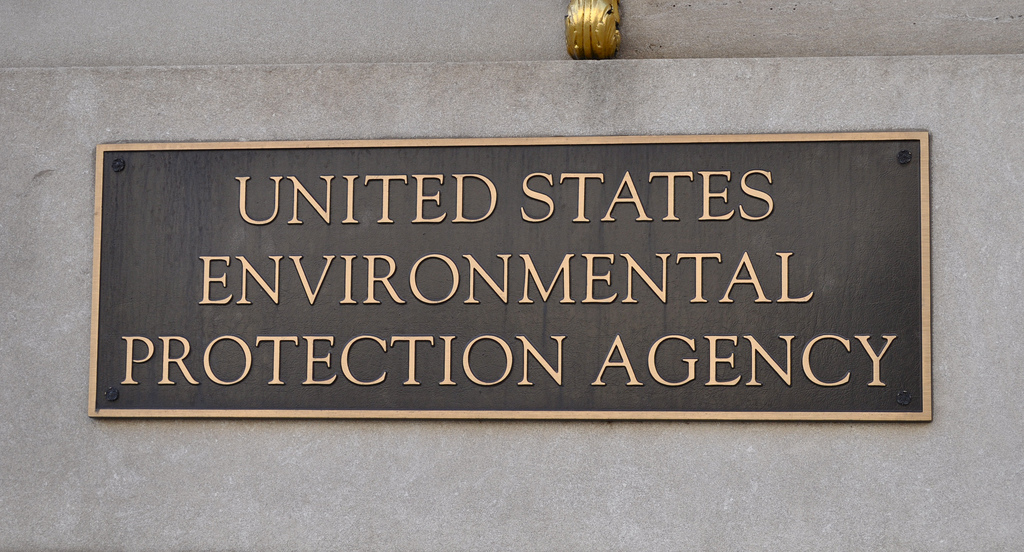
Washington, D.C. -- Today the U.S. Environmental Protection Agency (EPA) EPA released “Proposed Lead and Copper Rule Revisions.” These updates to the Safe Drinking Water Act (SDWA) Lead and Copper Rule (LCR), most of which have not been updated since 1991, have been in the works for over a decade. The purpose of the LCR is to reduce public health risk from lead and copper in tap water provided by regulated Public Water Systems.
“EPA’s proposal lacks the most proactive step we can take to reduce lead at the tap - a timeline and a requirement for full lead service line replacement,” said Lynn Thorp, Clean Water Action National Campaigns Director. “There is a clear public health case and national momentum to get the lead out through a holistic and thorough plan to replace service lines.”
Lead service lines are the largest source of lead at the tap. Water systems and the communities they serve are increasing interested in fully removing them. Michigan’s update to the state’s program requires full lead service line replacement over a twenty year period.
EPA’s proposal will require water systems to inventory lead in their distribution system, to report this information to state agencies, and to make it easily available to the public.These inventories are critical to understanding where to monitor for lead, how to advise customers to protect their health, and how to target lead service line replacement programs. As noted in EPA’s February 2016 memos to state regulators and governors, inventories were supposed to be completed after the LCR was first promulgated in 1991. EPA proposes to clarify and codify that requirement.
EPA’s proposal addresses several aspects of current regulations that are vague and that have raised questions about whether water systems are able to know when water is corroding pipes, plumbing fixtures, and fixtures thus leading to lead release. EPA’s proposal formalizes guidelines provided in the February 2016 memos to regulators around tap sampling methodology.
Other notable aspects of the proposed revisions creating a new “trigger level” for water system action if over 10% of samples are above 10 parts per billion. The “Action Level” that has been in place remains at 15 parts per billion in the proposal EPA has proposed actions intended to curb partial lead service line replacements, which can actually elevate lead levels, but stopped short of prohibiting this common practice.
The success of these updated requirements and improvements in the final regulations will be contingent on regulatory infrastructure investments, specifically ensuring that EPA has the capacity to effectively put the programs in place and that state agencies implementing the Safe Drinking Water Act having the resources to do the job. Clean Water Action will continue to support increases in EPA’s budget for Public Water System Supervision (PWSS) grants and for the Drinking Water State Revolving Fund - both of which are used to support state implementing agencies.
“Administrator Wheeler today described this administration as one that is committed to ensuring that all Americans have access to clean drinking water -- that doesn’t pass the laugh test. The agency he leads is working to gut Clean Water Act protections so that polluters have a free pass to pollute our drinking water sources. Nothing he says can change that or hide that from the American people,” said Clean Water Action President Robert Wendelgass.
Clean Water Action will be analyzing EPA’s proposal in depth and working with allies to ensure robust public input during the comment period.
###
Since our founding during the campaign to pass the landmark Clean Water Act in 1972, Clean Water Action has worked to win strong health and environmental protections by bringing issue expertise, solution-oriented thinking and people power to the table. We will protect clean water in the face of attacks from a polluter friendly Administration.